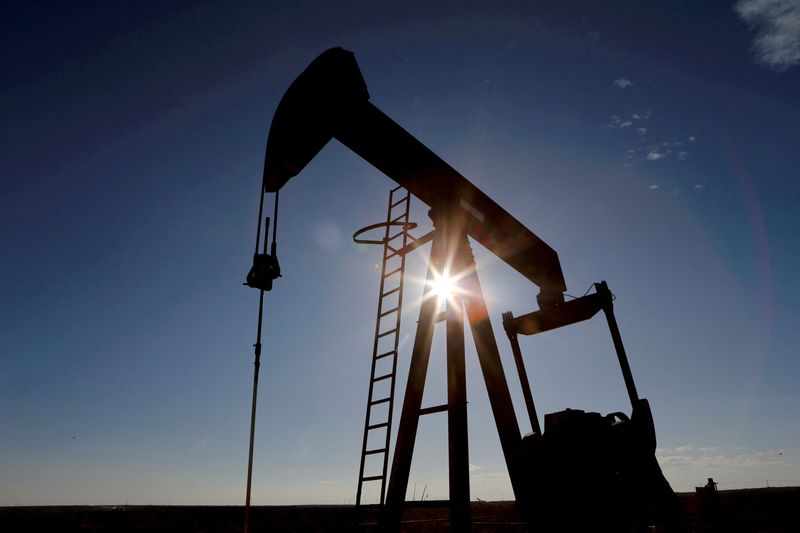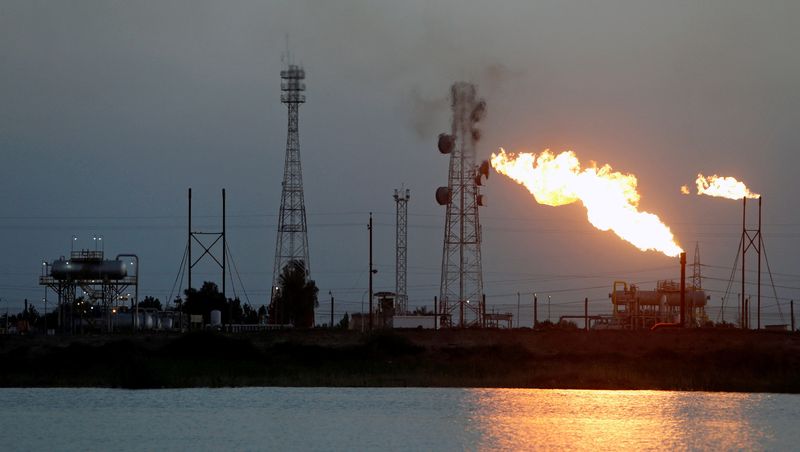By Shariq Khan
BENGALURU (Reuters) -Oil prices fell a dollar a barrel on Thursday, as an OPEC report stoked summer demand worries and traders took profits after benchmarks scaled multi-month highs in the previous session.
Brent crude fell $1.24, or 1.4%, to settle at $86.09 a barrel, only the second time this month that the global benchmark has finished lower. The U.S. West Texas Intermediate (WTI) slipped $1.10, or 1.3%, to close at $82.16 a barrel.
Both benchmarks had gained 2% on Wednesday to their highest in more than a month, as cooling U.S. inflation spurred hopes that the U.S. Federal Reserve will stop raising interest rates.
The Organization of the Petroleum Exporting Countries (OPEC) flagged downside risks to summer oil demand in a monthly report on Thursday, highlighting rising inventories and challenges to global growth.
The report shed light on the reasons behind a surprise production cut announced by OPEC+, which includes Russia and other OPEC allies, at the start of this month.
"Generally I would say we saw builds in oil inventories this week in those countries which publish stocks data, so maybe that is what has been a realization that the market hasn't shifted into a deficit," UBS analyst Giovanni Staunovo said.
Despite Thursday's declines, the OPEC+ decision has pushed Brent futures up nearly 8% so far this month, and it continues to raise expectations of potential future tightness in the oil markets.
Oil price declines were also limited as OPEC kept its forecast for global oil demand growth in 2023 unchanged. Other economic indicators lent further support.
The U.S. dollar index fell to a two-month low on Thursday after producer prices unexpectedly declined in March, boosting expectations that the Federal Reserve is near the end of its interest rate hiking cycle.
A weaker greenback makes dollar-denominated oil cheaper for investors holding other currencies, lifting demand.
"With the dollar at its weakest in a year versus the euro, that formula kicks in with an exclamation mark," said Mizuho analyst Robert Yawger.

Signs of a demand recovery in China, the top importer of crude oil and products, provided more support for oil prices, Yawger said.
China's crude oil imports in March surged 22.5% from a year earlier to the highest since June 2020, data showed on Thursday.
